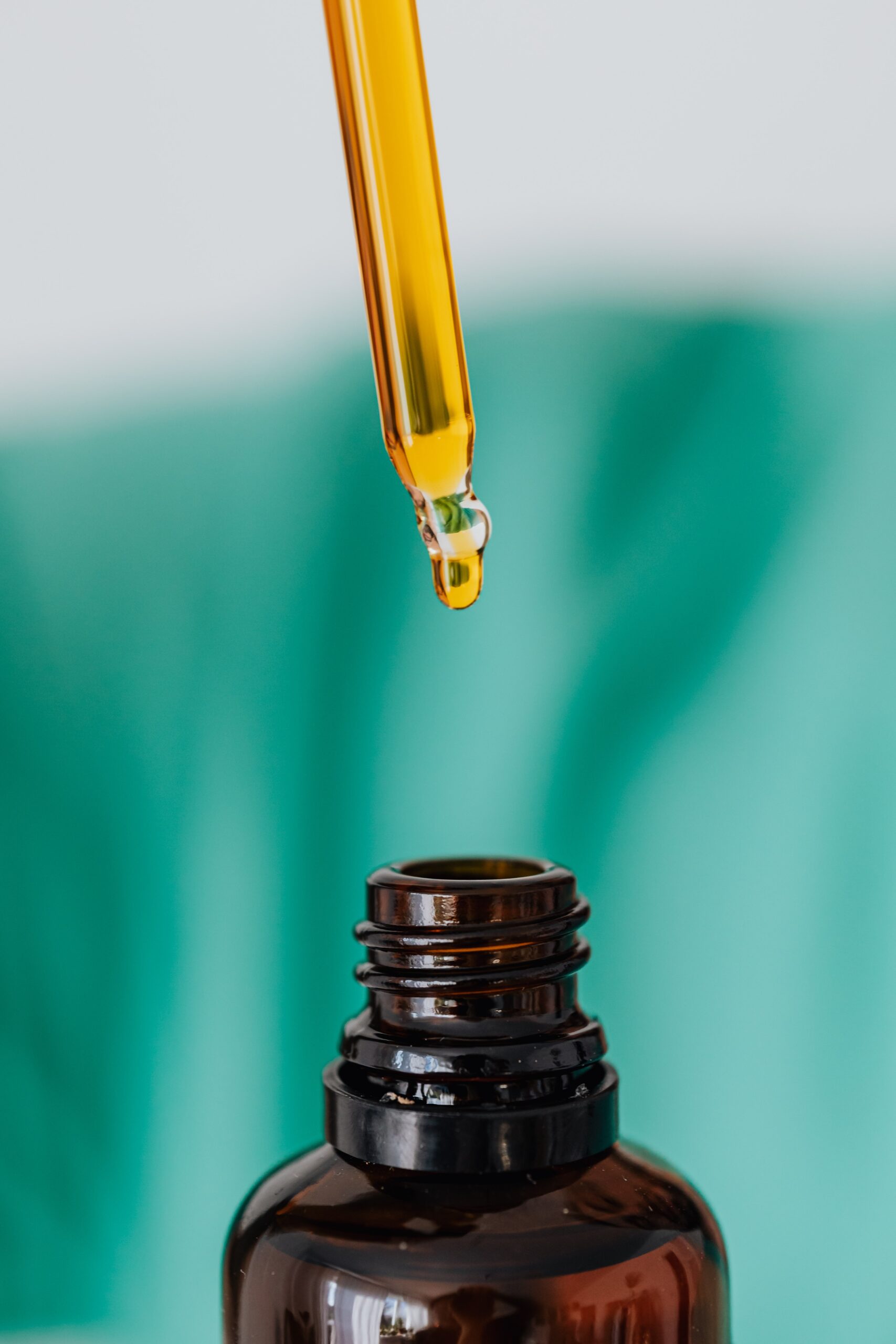Selective Androgen Receptor Modulators, commonly known as SARMs, has gained considerable attention in recent years for their potential benefits in muscle growth and performance enhancement. However, along with their popularity comes questions about their safety and legal status. In this article, we will delve into the world of SARMs, examining their mechanism of action, safety profile, and legal standing to provide a comprehensive overview.
Understanding SARMs
SARMs are a class of compounds that interact with androgen receptors in the body, mimicking the effects of anabolic steroids. Unlike traditional steroids, which can have broad androgenic effects, SARMs are designed to be more selective in their actions, targeting specific tissues like muscle and bone. This selectivity is touted to minimize unwanted side effects associated with traditional steroids.
SARMs can offer benefits such as increased muscle mass, enhanced strength, and improved bone density, making them appealing to athletes, bodybuilders, and individuals looking to optimize their physique.
Safety of SARMs
Clinical studies and research findings on SARMs have shown promising results in terms of their efficacy in muscle growth and performance enhancement. Some studies suggest that SARMs can be effective in promoting lean muscle mass without causing excessive water retention or other common side effects associated with traditional steroids.
However, it’s crucial to acknowledge potential risks. While SARMs are generally considered to have a better safety profile than traditional steroids, they are not without their drawbacks. Adverse effects may include hormonal imbalances, liver toxicity, and other side effects that can vary depending on the specific type and dosage of SARM used.
Comparatively, the risks associated with SARMs tend to be lower than those of traditional steroids, but they should not be overlooked. Users should approach these substances with caution and ideally under the supervision of a healthcare professional.
Legal Status of SARMs
The legal status of SARMs varies by country and is subject to change due to evolving regulations. In the United States, for instance, the FDA has not approved SARMs for human use, meaning they are not available as prescription medications. Consequently, their distribution and sale for human consumption are generally prohibited.
Similar regulations exist in many other countries, where SARMs are often classified as unapproved drugs or controlled substances. This makes it illegal to manufacture, distribute, or possess them for personal use without a valid prescription.
Recent years have seen increased regulatory scrutiny and enforcement regarding the sale and distribution of SARMs, reflecting growing concerns about their safety and potential misuse.
Controversies and Concerns
Despite their potential benefits, SARMs are not without controversy. Reports of adverse events related to their use have raised concerns about their safety. These events range from mild to severe and can include hormonal imbalances, liver toxicity, and cardiovascular issues. Furthermore, the unregulated nature of the SARMs market poses risks of users inadvertently consuming counterfeit or contaminated products.
Athletes and sports organizations are also grappling with the issue of SARMs, as their use can lead to unfair advantages in competitive sports and result in disqualifications or sanctions.
Alternative Approaches and Considerations
For individuals seeking performance enhancement, it’s important to consider alternative approaches. Natural methods like proper nutrition, regular exercise, and adequate rest can significantly contribute to achieving fitness goals without resorting to potentially risky substances.
Moreover, consulting a healthcare professional before starting any supplementation regimen is crucial. They can provide valuable insights into the potential risks and benefits of SARMs, as well as offer alternative recommendations tailored to individual health profiles.
SARMs represent a promising but contentious area of performance enhancement. While they offer potential benefits in muscle growth and performance, their safety and legal status are subjects of ongoing debate. Users must weigh the potential benefits against the known and potential risks, and consider alternative, natural approaches to achieve their fitness goals. Consulting with a healthcare professional is strongly advised for anyone considering the use of SARMs. As regulations evolve and research advances, the landscape of SARMs may change, offering new insights and options for those seeking to optimize their physical performance.
FAQs
Q1: What are SARMs and how do they differ from traditional steroids?
A1: SARMs, or Selective Androgen Receptor Modulators, are compounds that interact with androgen receptors in the body. Unlike traditional steroids, SARMs are designed to be more selective in their actions, targeting specific tissues like muscle and bone. This selectivity aims to minimize unwanted side effects associated with traditional steroids.
Q2: What benefits do SARMs offer to individuals looking to enhance their physique?
A2: SARMs offer benefits such as increased muscle mass, enhanced strength, and improved bone density. These effects make them appealing to athletes, bodybuilders, and individuals seeking to optimize their physical performance.
Q3: How do the potential risks of SARMs compare to those of traditional steroids?
A3: While SARMs are generally considered to have a better safety profile than traditional steroids, they are not without risks. Adverse effects may include hormonal imbalances, liver toxicity, and other side effects that can vary depending on the specific type and dosage of SARM used.
Q4: What is the legal status of SARMs in the United States?
A4: The FDA has not approved SARMs for human use in the United States. This means they are not available as prescription medications, and their distribution and sale for human consumption are generally prohibited.
Q5: What concerns and controversies surround the use of SARMs?
A5: Reports of adverse events related to SARM use have raised concerns about their safety. These events can range from mild to severe and may include hormonal imbalances, liver toxicity, and cardiovascular issues. Additionally, the unregulated nature of the SARMs market poses risks of users inadvertently consuming counterfeit or contaminated products.
Q6: How can individuals achieve performance enhancement without resorting to SARMs?
A6: Natural methods like proper nutrition, regular exercise, and adequate rest can significantly contribute to achieving fitness goals without resorting to potentially risky substances. Consulting a healthcare professional before starting any supplementation regimen is also crucial.
Q7: What is the importance of consulting a healthcare professional before using SARMs?
A7: Consulting a healthcare professional provides valuable insights into the potential risks and benefits of SARMs, and they can offer alternative recommendations tailored to individual health profiles. This is crucial for making informed decisions about supplementation and performance enhancement.
Q8: How might the landscape of SARMs change in the future?
A8: As regulations evolve and research advances, the landscape of SARMs may change, offering new insights and options for those seeking to optimize their physical performance. Keeping abreast of developments in this field is important for individuals considering the use of SARMs.
Author

Dr. Aditya K. Sharma
I am Dr. Aditya Sharma, a dedicated urologist specializing in kidney transplants and advanced urological surgeries. My career is driven by a passion for delivering exceptional care and pioneering surgical techniques. Outside the operating room, I have a keen interest in studying the effects of anabolic steroids on bodybuilding, seeking to understand the fine line between enhancing performance and maintaining health.








